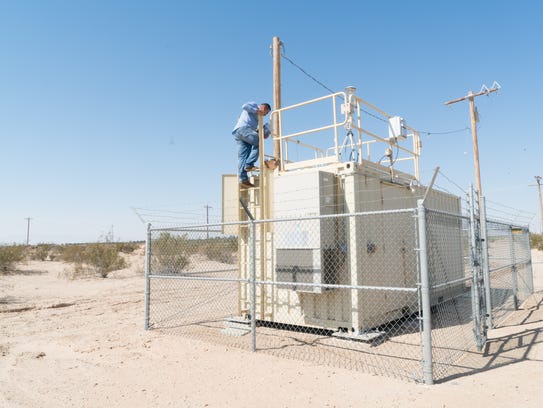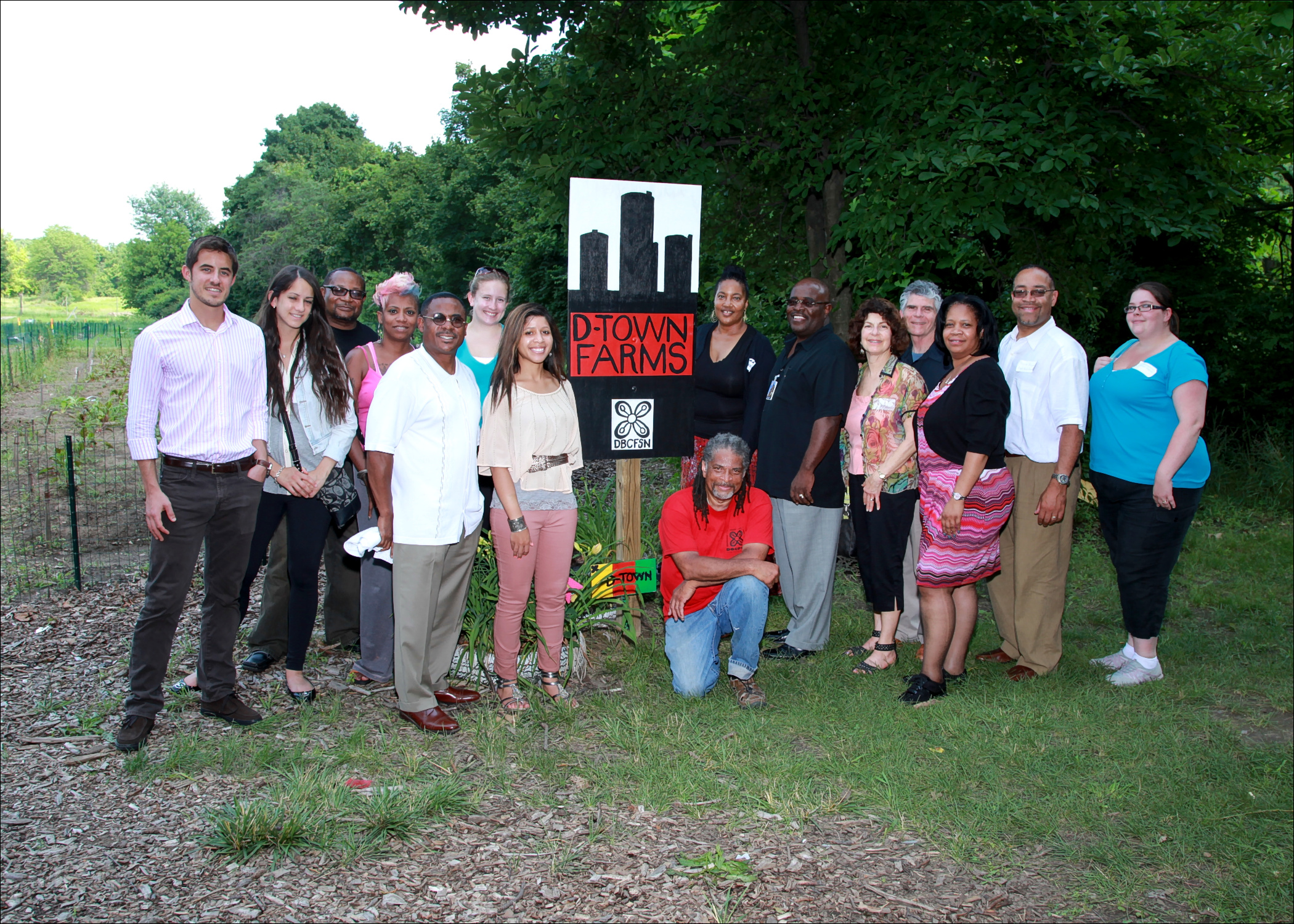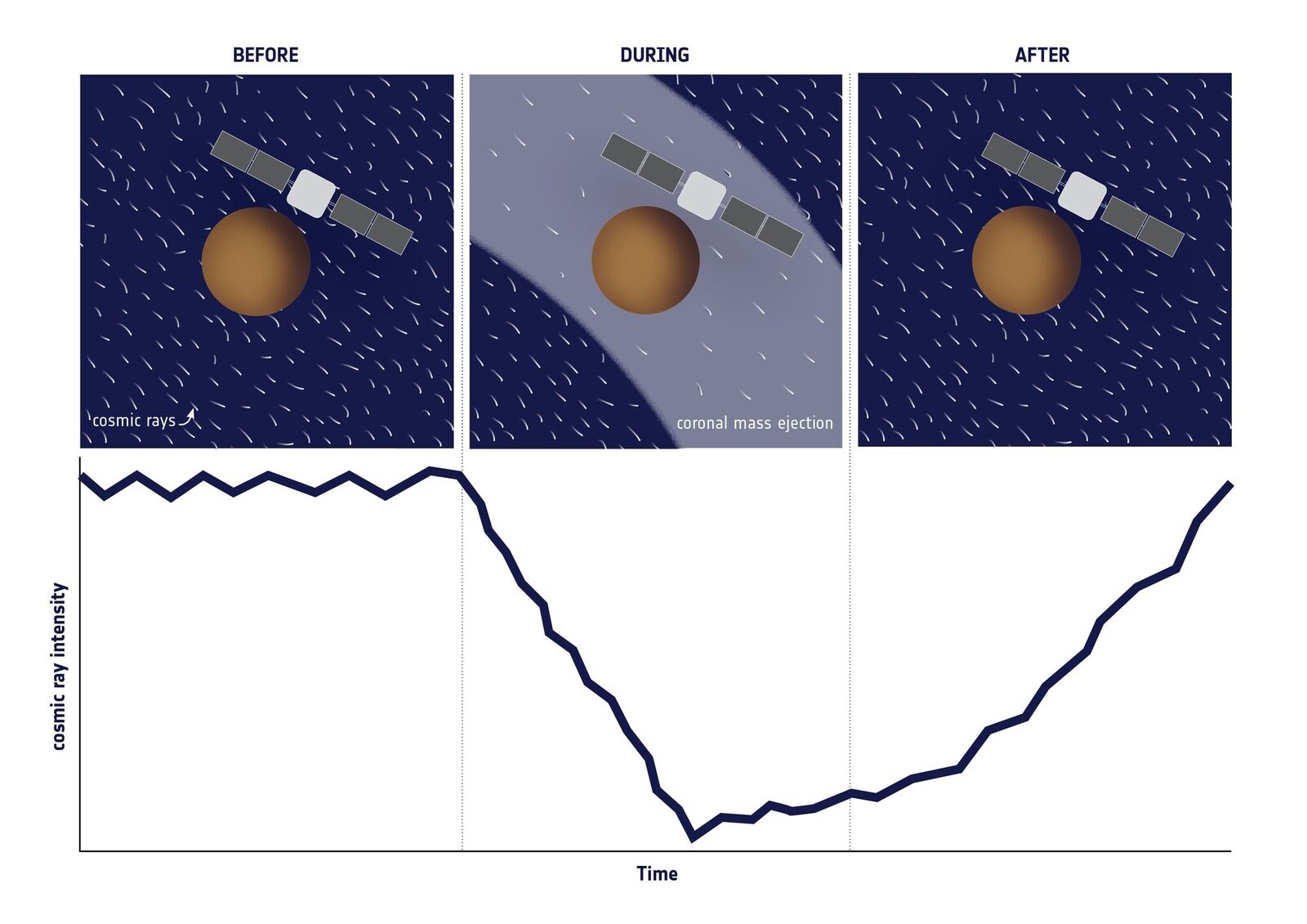 |
| A view of the Salton Sea. |
With a number of residents living with disadvantages, an organization came into being in 1981 to help those living in the area to access the services they needed to improve their lives. Such things as health services, community service programs, environmental justice, civic participation, advocacy, capacity building, and even research. That organization is Comite Civico Del Valle, Inc. (CCDV).
A large part of CCDV's programming involves environmental justice, which is intertwined with healthier living. The work in this area is so pioneering that CCDV has the largest air quality monitoring network in this country. In fact, that is what brought the notice of the Leonardo DiCaprio Foundation, which formed a partnership with CCDV.
Humberto Lugo, CCDV's Policy Advocate, stated, "They wanted to find a way to support us and how we can expand the monitoring or include more monitoring because of this crisis we have at hand." The area of which Mr. Lugo speaks is the Salton Sea, which is receiving less inflow, causing a higher concentration of salt in the water, and then drying the sea bed. With a higher salt concentration, the Salton Sea becomes less of a resource for drinking water, not just for humans, but also for local wildlife.
For CCDV, working with the DiCaprio Foundation will provide needed funds, including $100,000 of the $20 million grant going to expand their air monitoring program. Mr. DiCaprio explained his involvement, "This utter lack of leadership by officials who choose first to preserve their short term political power rather than insuring the livable future on our planet means that we must all do more now than any other time in human history."
 |
| Air monitoring equipment used near the Salton Sea. |
Mr. Lugo issued a reminder that air quality and the drying of the Salton Sea are climate change issues; that's what is driving so much evaporation of the sea and affecting air quality.
 |
| Best asthma management practices discussed in CCDV's Asthma Academy. |
Click Here: DIVORCE: REAL TRUTHS AND HIDDEN DANGERS































